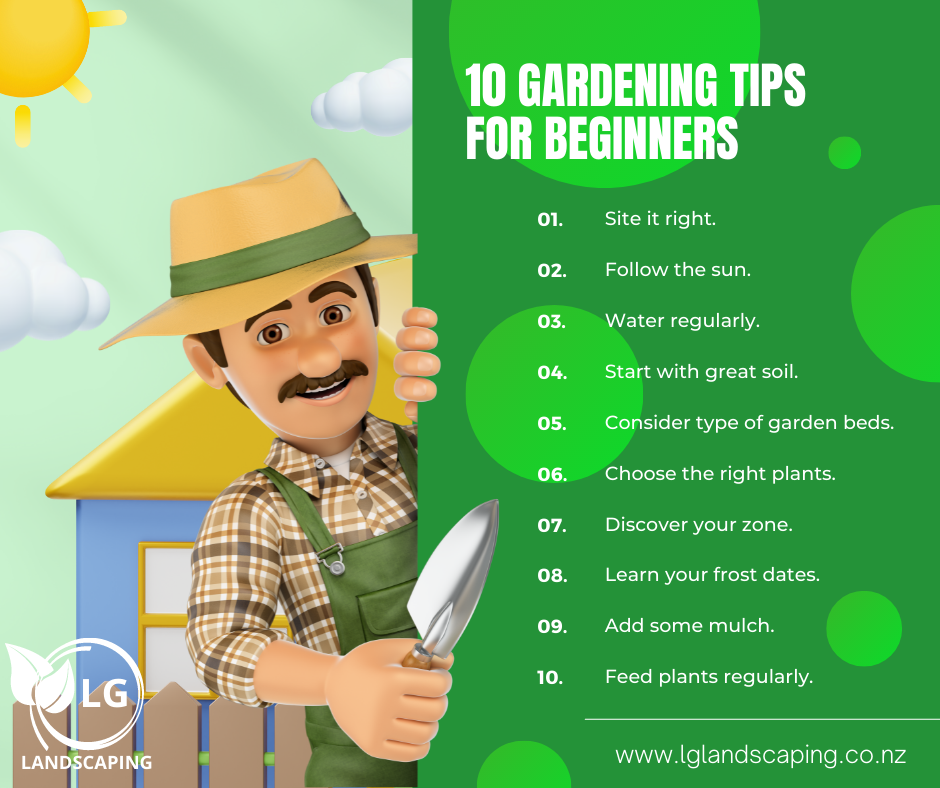The Ultimate Guide to Gardening: Cultivating Your Green Thumb
Gardening is not just a hobby; it's an art form that connects us to nature, provides a sense of accomplishment, and contributes to our well-being.
Whether you're a novice gardener looking to plant your first seed or an experienced green thumb aiming to enhance your garden, this comprehensive guide is designed to provide you with the knowledge and tips you need to succeed.
From understanding the basics of gardening to exploring advanced techniques, we'll cover everything you need to know to cultivate a thriving garden.
Understanding the Basics of Gardening
Before diving into the intricacies of gardening, it's essential to grasp the fundamentals.
Gardening involves growing and cultivating plants as part of horticulture, a practice that not only beautifies our surroundings but also supports our environment and promotes a healthier lifestyle.
Types of Gardens
- Vegetable Gardens: Focus on growing edible plants for consumption, providing a sustainable source of fresh produce.
- Flower Gardens: Aimed at cultivating flowers for their aesthetic appeal and fragrance, enhancing the beauty of our living spaces.
- Herb Gardens: Specialize in growing herbs used for culinary, medicinal, and aromatic purposes, offering both practical and therapeutic benefits.
Essential Gardening Tools
To embark on your gardening journey, you'll need the right tools.
Here's a list of essential gardening equipment:
- Gloves: Protect your hands from dirt, thorns, and chemicals.
For the best protection and comfort, consider investing in high-quality gardening gloves.
Find the perfect pair for you by checking out the best gardening gloves.
- Trowel: Ideal for digging small holes, transplanting seedlings, and planting herbs.
- Spade and Fork: Perfect for turning soil, mixing in compost, and aerating the ground.
- Pruners: Essential for trimming and shaping plants, as well as removing dead or overgrown branches.
- Watering Can or Hose: Necessary for keeping your plants hydrated, with a gentle shower setting to avoid damaging delicate plants.
Soil and Planting
Understanding your soil type and how to prepare it for planting is crucial.
Soil can range from heavy clay to light sandy soils, with loamy soil being ideal for most plants.
Here are some tips for soil preparation:
- Test your soil: Understanding its pH and nutrient levels can help you choose the right plants and amendments.
- Improve soil quality: Add organic matter like compost or well-rotted manure to enhance soil structure, nutrient content, and water retention.
Planting Techniques
- Direct sowing: Some plants prefer to be sown directly into the garden where they are to grow.
- Transplanting: Starting seeds indoors and transplanting them outside after the last frost allows for an earlier start to the growing season.

Watering and Fertilization
Proper watering and fertilization are key to a healthy garden.
Here are some guidelines:
- Watering: Early morning is the best time to water, allowing moisture to reach the roots before the heat of the day.
Use a watering can or a hose with a shower attachment to gently water the plants without eroding the soil.
- Fertilization: Use organic fertilizers to provide nutrients to your plants.
Compost, fish emulsion, and seaweed extracts are excellent choices.
Pest and Disease Management
Gardening also involves protecting your plants from pests and diseases.
Integrated Pest Management (IPM) techniques, which include cultural, mechanical, and biological methods, can help manage garden pests sustainably.
Tips for Pest and Disease Management
- Monitor your garden regularly: Early detection is key to managing pests and diseases.
- Encourage beneficial insects: Ladybugs, lacewings, and other beneficial insects can help control pest populations.
- Use natural remedies: Neem oil, insecticidal soaps, and homemade remedies can be effective against pests without harming the environment.
Gardening Tips for Success
Here are additional tips to enhance your gardening experience:
- Start small: Begin with a manageable garden size to ensure you can maintain it properly.
- Choose the right plants: Select plants that are suitable for your climate, soil type, and sunlight availability.
- Mulching: Apply a layer of mulch around your plants to retain moisture, suppress weeds, and regulate soil temperature.
- Pruning: Regular pruning helps to encourage healthy growth and flowering.
- Rotate crops: In vegetable gardens, rotate your crops annually to prevent soil depletion and reduce pest and disease problems.
Advanced Gardening Techniques
For those looking to expand their gardening knowledge, exploring advanced techniques can be rewarding:
- Companion planting: Planting certain plants together can enhance growth, deter pests, and increase yields.
- Hydroponics: Growing plants in water instead of soil, using nutrient-rich solutions, can lead to faster growth and higher yields.
- Vertical gardening: Utilizing vertical space for gardening can be a great solution for those with limited ground space.
Conclusion
Gardening is a fulfilling activity that enriches our lives in numerous ways.
By understanding the basics, preparing adequately, and applying the tips and techniques outlined in this guide, you'll be well on your way to cultivating a flourishing garden.
Remember, gardening is a journey of learning and growth, so be patient, stay curious, and enjoy the process.
Whether you're growing vibrant flowers, fresh vegetables, or aromatic herbs, your garden can become a sanctuary of beauty, sustainability, and joy.
Comments
Post a Comment